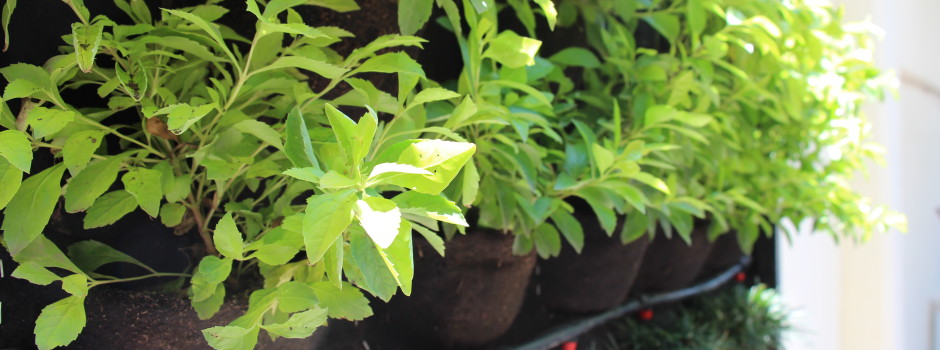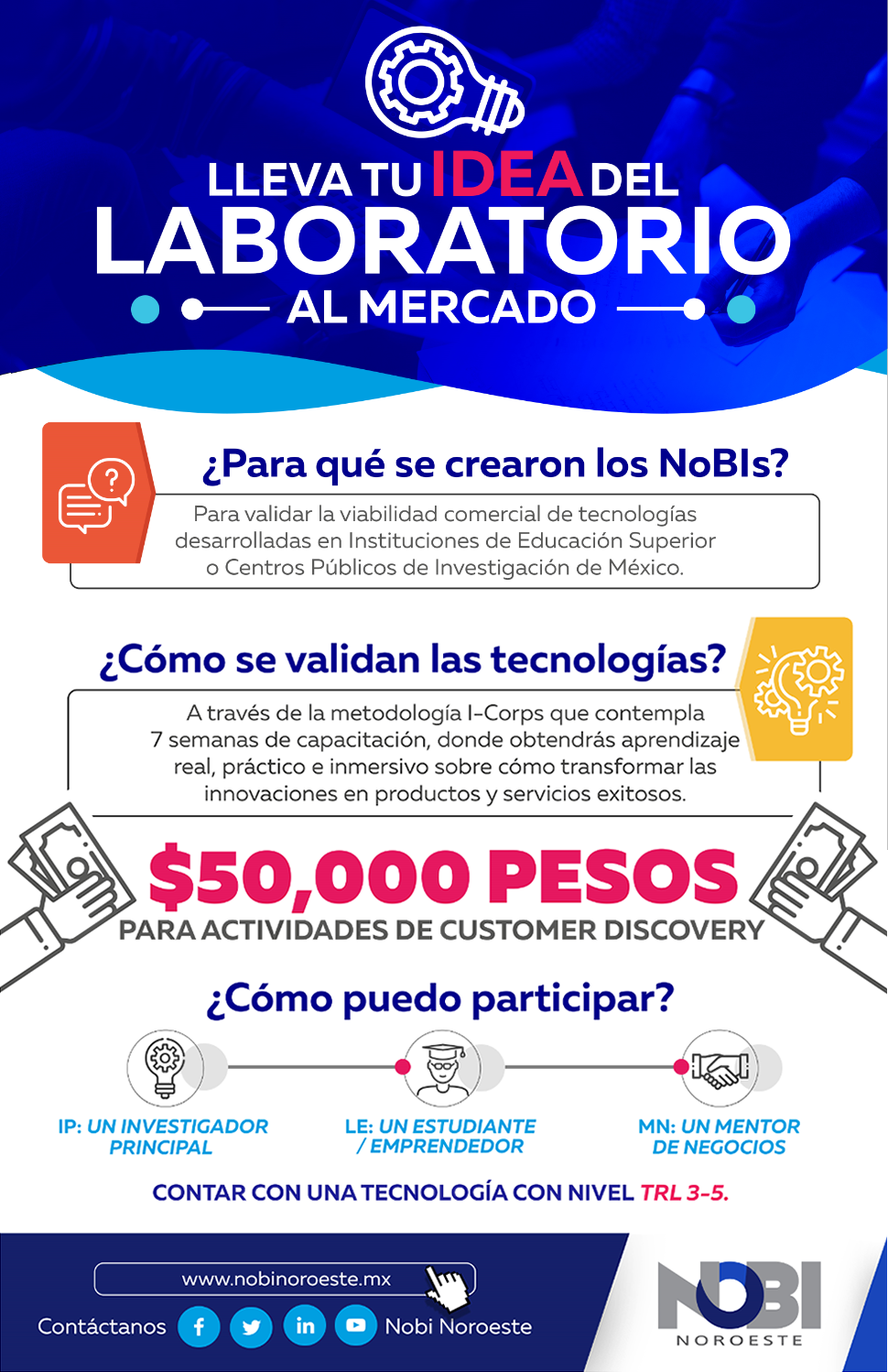Also known as green wall or living wall, vertical garden is an architectonical-ecological technique applicable both indoor and outdoor, which consists on making the most of space, one of the most lacking benefits in large cities, for gardens’ sowing: limited areas or the façade of public and private buildings are grown green with beautifying plants. The benefits that the innovative urban gardening provides to people’s quality of life are enrolled in diverse areas: health, ecology, sustainability, among others.
Thus, green walls contribute with colors and shapes to the urban surroundings, provide protection from solar radiation, constitute leisure and meeting places which visual enriching positively affects people’s mood. In addition, living walls bring along environmental advantages: contribute increasing the oxygen levels of recirculation air, meanwhile the vegetation layer’s refrigeration and evaporation processes improve thermic efficiency, which means significant energy savings.
Having said that, in accordance with the core idea relating to environmental education and sustainable development included in the Plan of Institutional Development Consolidation 2017, during July of 2015 personnel from the Technological Innovation Park (PIT, Parque de Innovación Tecnológica) of the Autonomous University of Sinaloa (UAS, Universidad Autónoma de Sinaloa) took charge of designing and installing a pilot vertical garden on the PIT-UAS’ headquarters building.
This testing version was made to study plants’ behavior in vertical state, its requirements and durability, so subsequently the acquired knowledge can be applied in the construction of the green wall which is part of the ecosystem where the solar plant that’s currently being designed at the PIT-UAS will be installed. It should be pointed out that it is planned that such model of living wall be applicable to university buildings in the whole state.
In this way, the PIT-UAS helps to improve, adapt and modernize university spaces with the purpose of promoting a culture of environmental care, at the same time this institution generates and applies knowledge on relevant themes linked with sustainable development, according to what is stipulated in the sixth institutional strategic core idea. By making this contribution to UAS’ consolidation as a green university, the PIT-UAS also accomplishes its task of helping to generate scientific and technological knowledge through basic and applied research on the knowledge application general guidelines.
Written by Moroni Arellano (Communication and Diffusion, PIT-UAS), translated by Belem Ruiz (Edition and Communication, PIT-UAS).



 Parque Científico Tecnológico, Universidad Autónoma de Sinaloa © 2015
Parque Científico Tecnológico, Universidad Autónoma de Sinaloa © 2015